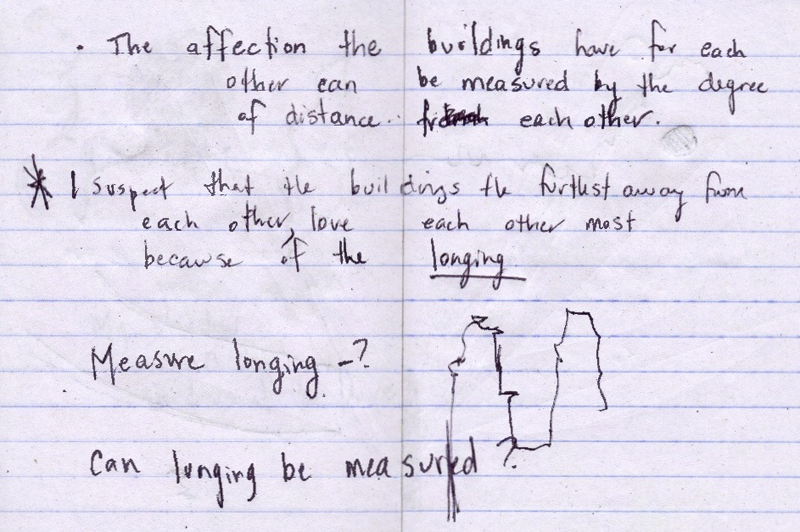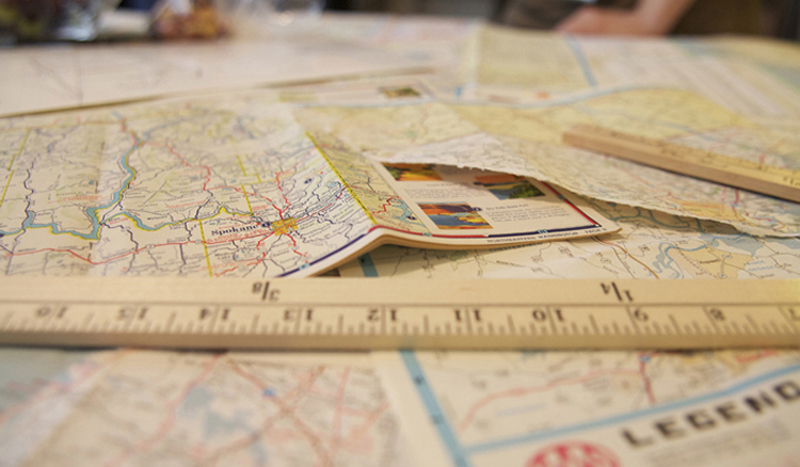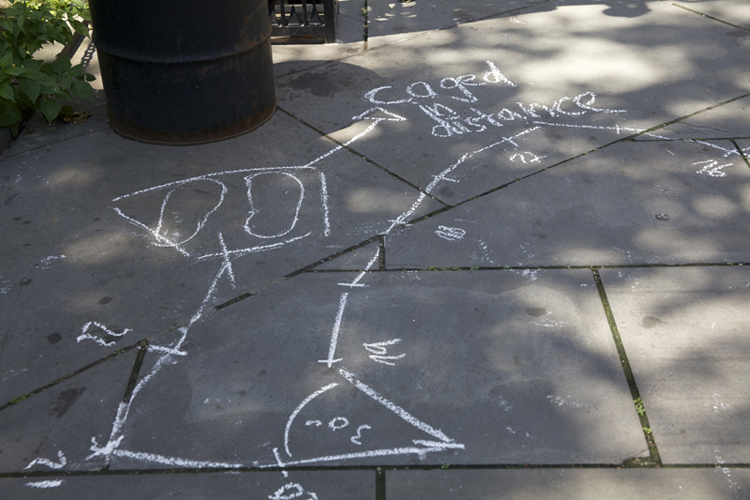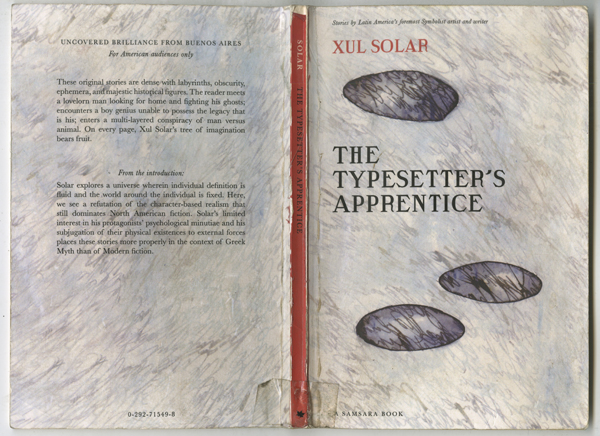WIND AND SMOKE
Topic: Art and Social Practice
On documentation in contemporary art
By Ayden L.M. Grout

Ayden L.M Grout discusses the role of documentation in contemporary art based on her own experiences as an artist and her work with the performance and participatory art group, Odyssey Works. Odyssey Works produces long duration performance works for small audiences including The Map is Not the Territory, a 36-hour performance that took place in New York City in June of 2012 and the thirty-one hour performance, Narrative Spiral which took place in San Francisco in August of 2012.
When was the last time you saw a weathervane? Do you recall if the wind pointed it north or west? I think about this seemingly antiquated object often. While now you can find me in a northeastern metropolis, a year and a half ago I was living on a goat farm in the hills of northern California where these instruments were much more useful. One afternoon last September, as I stood in the kitchen, the light coming through the curtains abruptly darkened. Baffled, I walked onto the front porch. Over the ridge to the southwest, a thick blackish orange haze was rising. The weathervane on top of the chicken coop pointed behind me, indicating the wind was pushing the fire in the direction of our land.
These two things, the smoke and the weathervane, were clear signs, registers of uncontainable currents. Both are what philosopher Charles Sanders Peirce would call an index, a thing that indicates its signified by means of a direct relation to it. When fire meets wood, smoke rises. Wind nudges the metal arrow, which turns. Contact. The smoke and weathervane both point (the latter quite literally so) to larger forces. I have been fascinated with the notion of the index for a long while, precisely because of the point of contact this sort of sign requires; it acknowledges that there is still something valuable in touch, in the meeting of material, no matter how fleeting.

After Lucy Lippard’s triumphant statement about the dematerialization of art we, as artists, have inherited the ephemeral. This legacy of liberation from material has been a call to consider form differently, but it has also been a demand to alter how we relate to the audience. Ever since this overturning of objects, artists have grappled with how to document the transience of happenings, performance, relational aesthetics, and, nowadays, the ever-mellifluous social practice. In being free of frames and pedestals, at liberty to gravitate to the realms of the less tactile, our relationship to the audience has undoubtedly shifted.
In art school, I remember one critique in which a classmate gave a performance where he stood on a peculiar plaster platform he had made and sang ashamedly. As the song progressed his voice swelled and he began to dance, gaining vigor until his moving feet fractured the alabaster sculpture. When he finished and exited the room, he left the debris of his work on the floor. The plaster pieces and dust scattered on the floor were imbued with something heavier now, for it was not just a sculpture, or a destroyed sculpture, but material residue that carried the weight of his ignominy. His fleeting performance had made contact with the material realm. It begged to be remembered, though no one had taken pictures. How could he as the artist or we as the audience unearth the ineffable for those not present for what he had brought to life in four-dimensional form?

Documentation is, of course, the immediate response. Trained as a large format analogue photographer and having gravitated to working in performance, I am well acquainted with the ephemeral’s reliance on images. In addition to my own practice, I work with Odyssey Works, a cross-disciplinary, participatory art group that makes 36-hour performances for an audience of one. As the photographer for this group, which depends on documentation to bring the work beyond the primary audience member, I have spent a great deal of time thinking about how to share, display, present and represent what we do. Images can be moving of course—they have the power to affect us deeply—but they don’t offer a direct point of contact to anything more than the visual.
Photographs as documentation need only serve as evidence or proof of an event. Images are not guilty of anything, yet they are a meager substitute for the actual experience of things. Photographs act like tracing paper outlines of work that exists on the basis of time, conversation, touch, participation, sound, smell, or any sense outside the visual. Cameras can easily endanger art by flattening its relational components, purporting to offer information, rather than conveying the most fundamental qualities of a work.

If photographs are not capable of offering the fullness of four-dimensional form, how could I capture what lingered? Last year, when working on a book documenting one of Odyssey Works’ 2012 performances, titled The Map is Not the Territory, I struggled to carry the deeply moving experience of the performance into the pages of a book. What other vehicles could I use to carry the imprint of the ephemeral to those not present? I realized that to evoke the devotion and attentiveness of our work within the book, I must mine for material akin to the shards my classmate’s sculpture. It was a matter of gathering the residue (a term I much prefer to the sterility of “documentation”) in order to make an index. I needed to collect the remains of the substance of what we created, to capture the smoke born of fire.
“Il y a là cendre,” wrote Jacques Derrida. “There are cinders there.” When I first read this exquisite and peculiar phrase, I was taken with it because cinders embody the notion that of a material trace of that which has depleted itself. The key to the phrasing of this small sentence is in the “là,” meaning “there.” Derrida remarked, “Why cinders ‘there’? The place of burning, but of what, of whom, … a remnant that must no longer remain, this place of nothing that may be, a pure place was marked out.” This is precisely what is remarkable about an index—the way it locates what it signifies.
So what is the job of a documentarian? Not merely to take pictures or film events, surely. Then we would just be observers, on the outside. We were not meant to be indifferent. No, our task is to use our hands, to gather the remains, to collect the residue and souvenirs. Our job is to locate the evocations and echoes of a form that once was. Our job is to become the index of a work, to let it affect us through myriad forms. Our job is to make a place out of where the fire was alight or where the wind blew strong.
Ayden L.M. Grout is an artist and writer living and working in New York City. She studied art and art theory at New York University (2012) and is currently an artist-in-residence at Flux Factory.